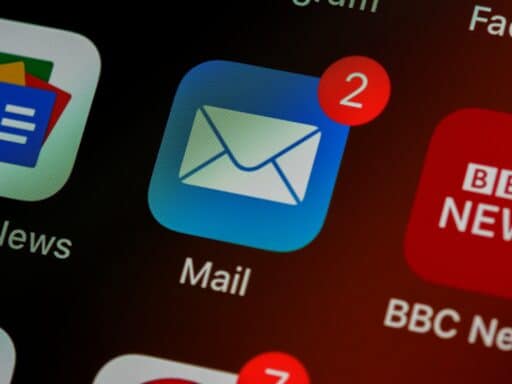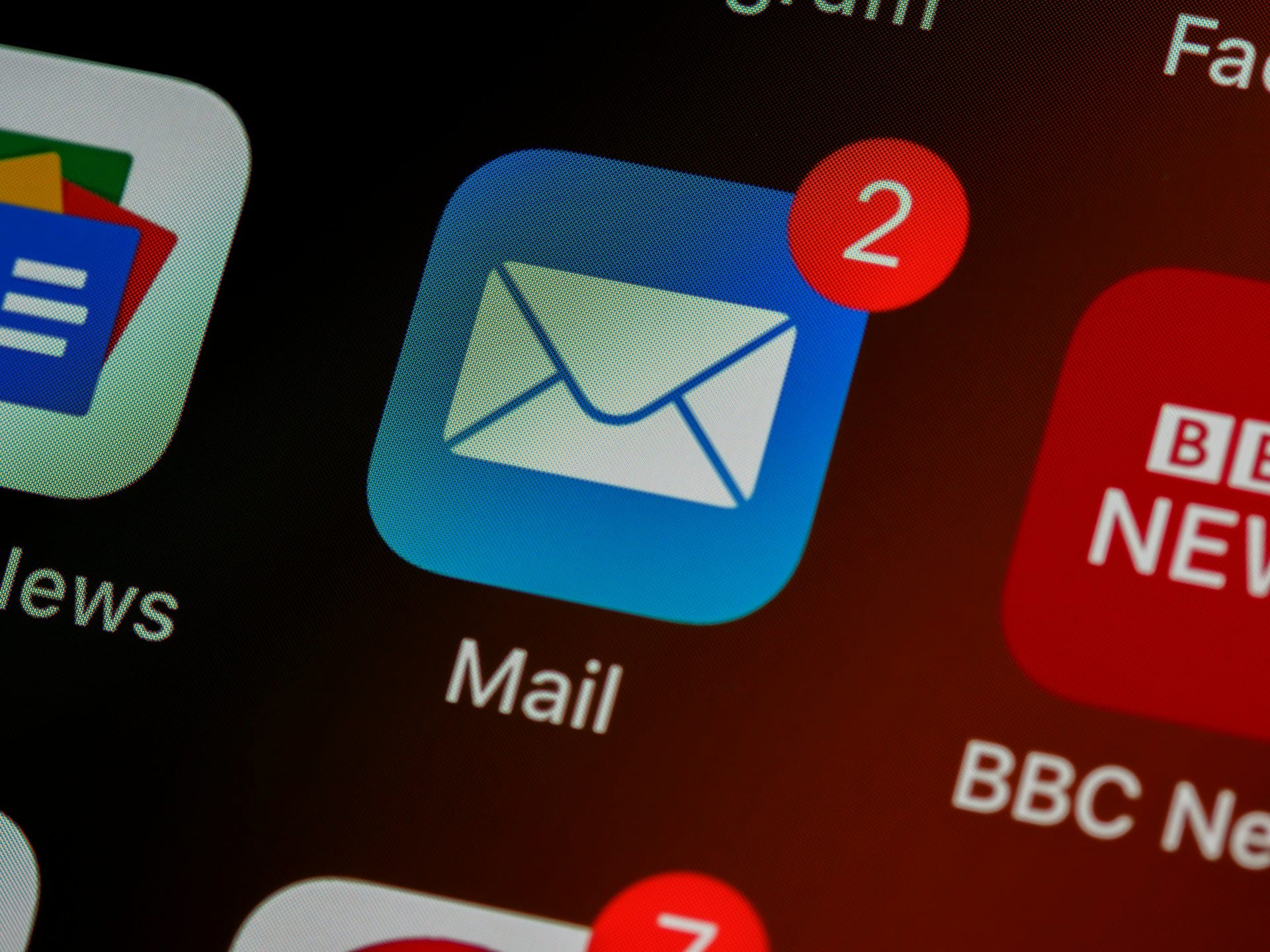Email is still a great way for global e-commerce businesses to talk to customers directly. Brands can keep the same look across different areas while making messages more relevant to local audiences with the help of an html email template. A good email marketing plan for ecommerce email can help businesses reach more people, get more people to interact with their emails, and make more sales. Businesses can get the most out of ecommerce email marketing strategies in competitive global markets by using practical strategies.
Why Global Brands Need Email Marketing
Email gives you direct access to the customer’s inbox, unlike paid ads or social media. Email marketing for ecommerce that is done well keeps brands visible and trusted. Some big benefits are:
- Acquiring and keeping customers at a low cost.
- Custom offers based on how customers act.
- Communication that can grow across time zones.
- Measurable data gives us detailed information.
This is why email marketing in ecommerceemail is one of the best digital tools for retailers all over the world. For example, global fashion retailers often use email marketing to target specific areas by sending out seasonal promotions that offer discounts during regional holidays like Diwali in India or Black Friday in the U.S.
Important Parts of Email Marketing for Ecommerce
Breaking up your audience
Segmentation is the most important part of email marketing e commerce. Separating customers by where they live, what they buy, or how they act helps make sure that the information is accurate and useful. Localized shipping updates might work better for a customer in France, while exclusive loyalty discounts might work better for a customer in the U.S.
Localization and Personalization
Making sure that email marketing para ecommerce messages fit with local cultures, holidays, and preferences makes sure that they connect with people all over the world. Translating not only words but also tone and visual elements makes customers trust you more.
Timing and Automation
Marketers can send emails at the right time in each area by using automation tools. For instance, you can set up automated reminders to remind people who leave their shopping carts in ecomm email marketing to do so during local peak browsing hours. A lot of people think of these methods as part of email marketing in ecommerce because they directly support outreach based on customer behavior.
How to Make a Strategy in Steps
To make ecommerce email marketing plans, you need to have a plan. This is how big brands can do it:
- Look into global markets— Look into how people buy things, what’s popular, and what people in your area expect.
- Set Clear Goals— Choose whether the campaign will be about sales, keeping customers, or getting people to interact with your brand.
- Segment Audiences—Segment your audiences by using filters like location, language, and how often they buy.
- Make Content That Fits—Use email marketing strategies that take into account cultural differences in ecommerce.
- Use Templates to Design— Use an HTML email template to make sure that all of your designs are the same.
- Automate Campaigns— Set up emails to go out at the right time for each time zone.
- Analyze and Improve— Use data to make future ecomm email marketing campaigns better.
Problems with global email marketing for e-commerce
Running email campaigns worldwide has many challenges. Marketing teams must verify translations. They must follow local laws. They need to be aware of different cultures. For example, humor that works in North America might not work in Japan. Deliverability is another issue. Spam filters differ across countries. Internet Service Providers (ISPs) have different rules. These factors affect how well emails are delivered. Marketers often use email tools along with compliance checks and testing to improve reach worldwide.
Conclusion
To make effective ecommerce email plans, you need to do research. You should localize your content. You must have the right tools. Businesses can improve results by dividing audiences. Changing content for each group helps. Automation makes campaigns easier. Using a consistent HTML email template keeps branding clear. Good ecommerce email marketing is more than about sending messages. It is about building trust with customers everywhere. You should always work to meet their changing needs.







